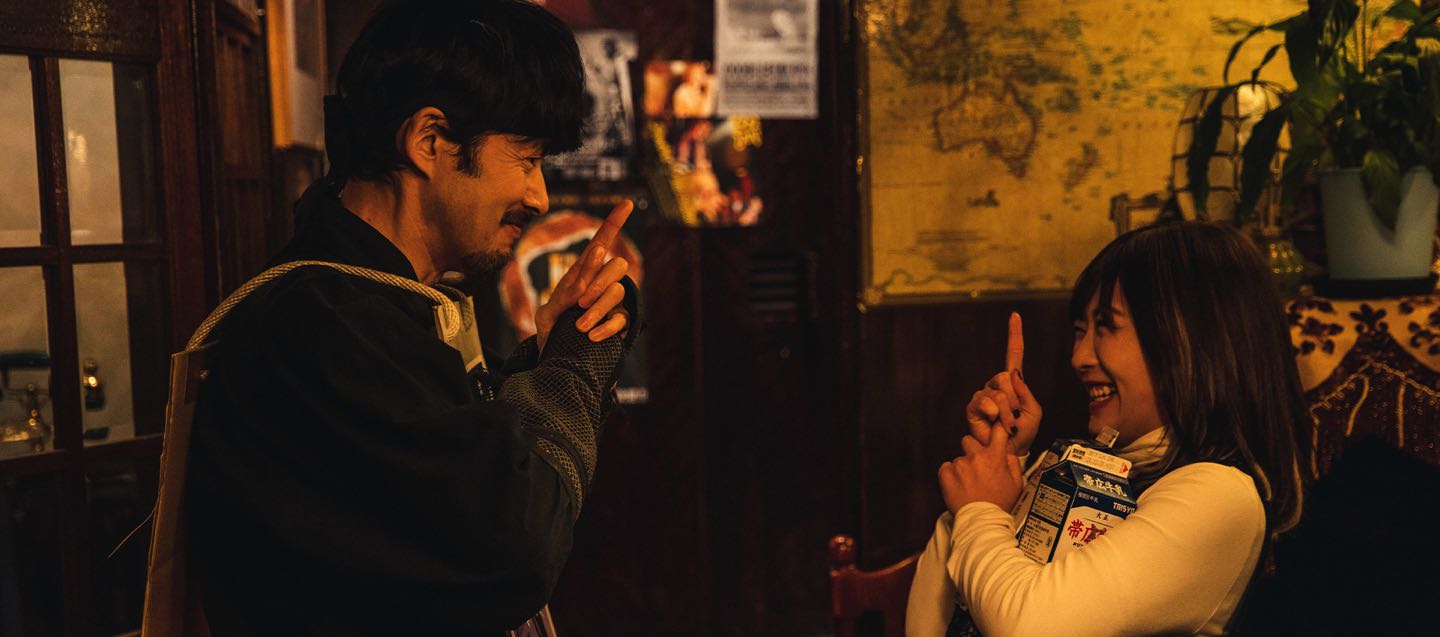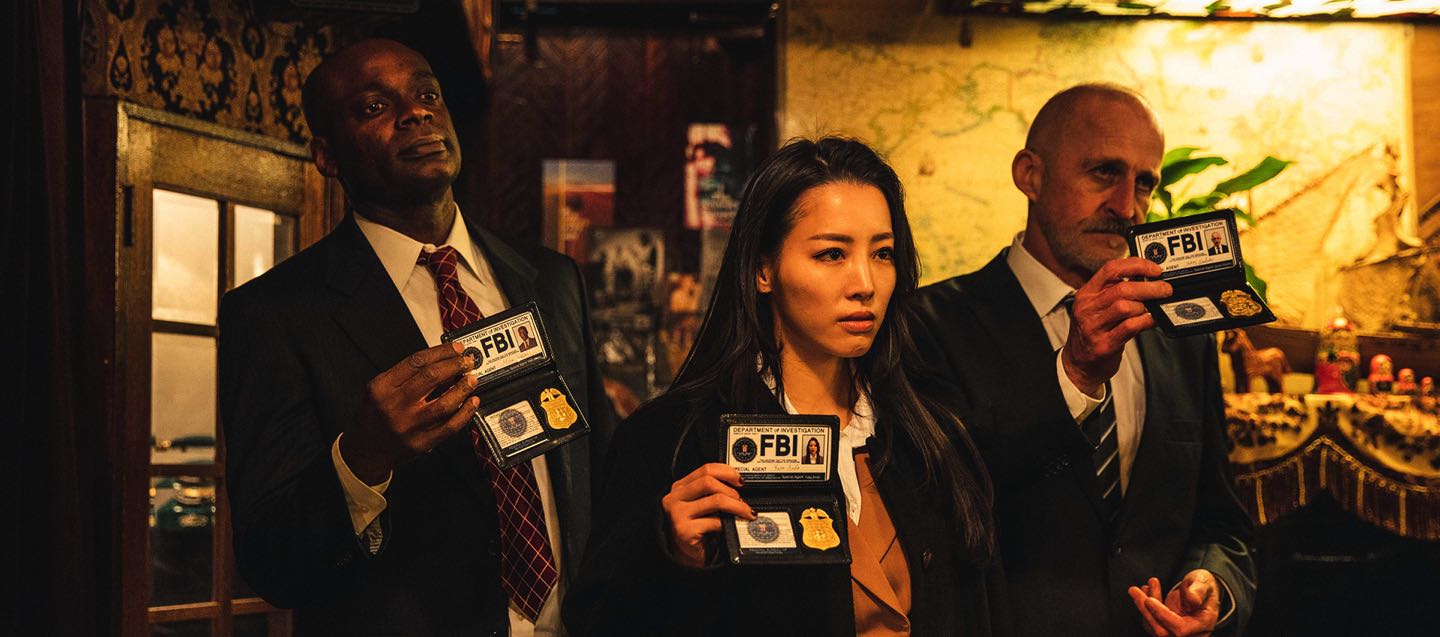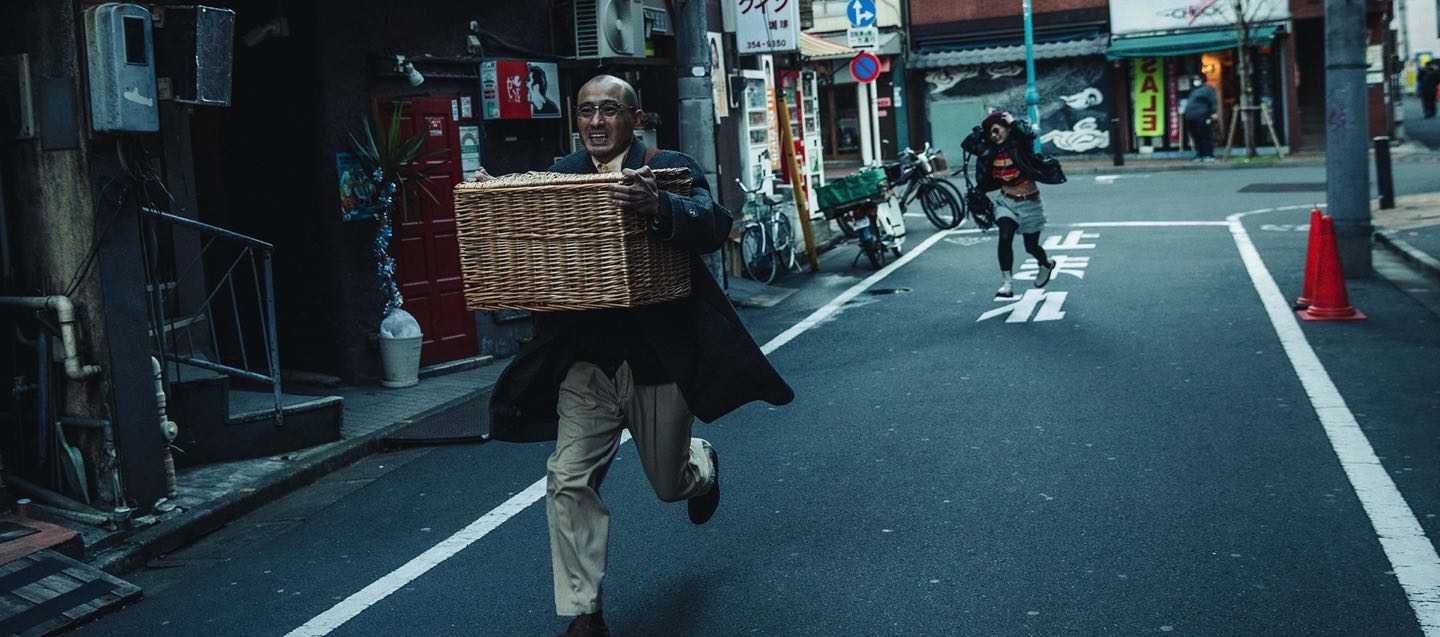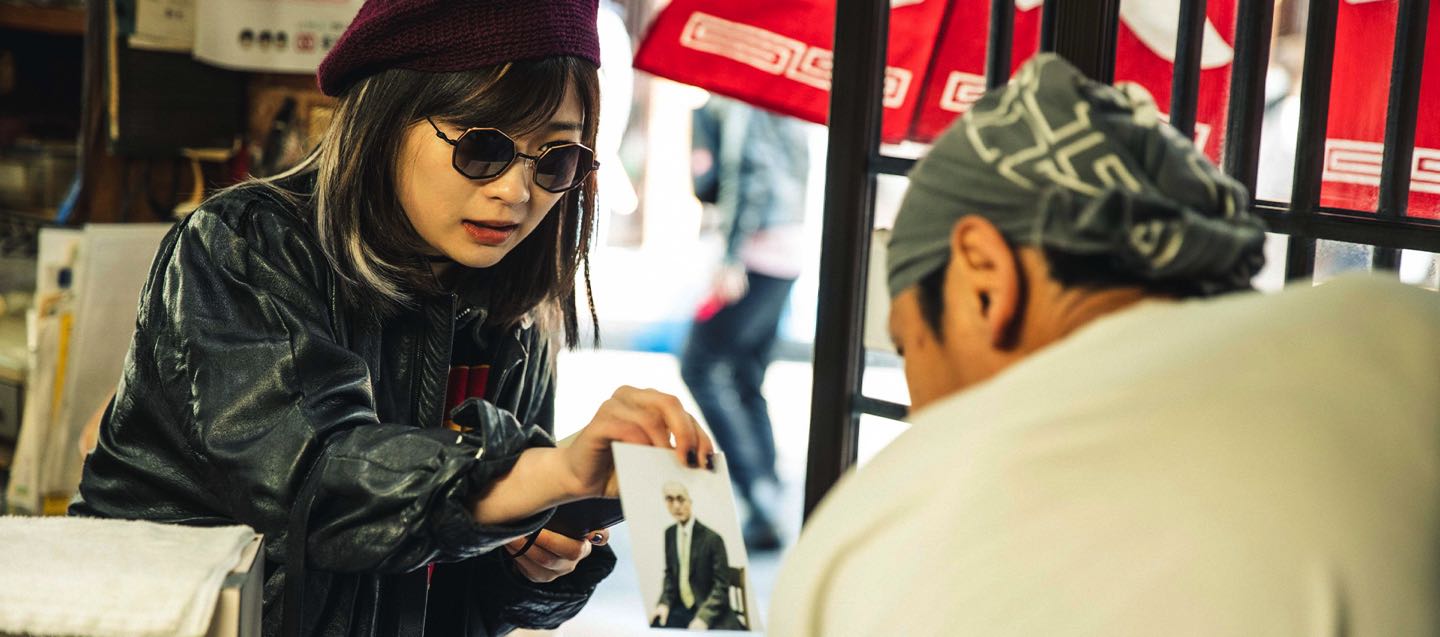by Brian Hioe
語言:
English
Photo courtesy of BIFAN
This is a No Man is an Island film review written in collaboration with Cinema Escapist as part of coverage of the 2023 Bucheon International Fantastic Film Festival (BIFAN). Keep an eye out for more!
LIFE OF MARIKO IN KABUKICHO takes the well-tread path of surrealistic depictions of Tokyo’s districts. Set in the district of Kabukicho, known for its density of nightlife establishments, the movie follows its eponymous protagonist Mariko and the people in her orbit. Mariko, a private investigator who runs a bar, becomes drawn into a far-flung series of events after being approached by the American FBI.
As it were, the FBI wants her to investigate a missing alien that was taken from their custody after being kidnapped by a researcher. As they believe that the alien is somewhere in Kabukicho, they seek out Mariko and her services because they require the investigation to be conducted in secret, and a detective who has unparalleled knowledge of the local area.

Photo courtesy of BIFAN
Much of the film draws its color from the cast of characters that surrounds Mariko. Mariko’s boyfriend Masaya, for example, claims to be a descendant of the Iga ninja clan. In modern times, however, he ekes out a living by teaching classes supposedly about ninjutsu. . In the meantime, he is frequently taken into custody by the police for carrying bladed weapons openly in the city. Masaya’s antics provide much of the film’s humor, as he alternates between displays of his martial arts prowess and his otherwise humdrum daily life in which he tries to scrape together enough to pay rent.
Other characters include the male host Seiya and his female customers. Again, this draws from how the real-life Kabukicho is known for its many host and hostess bars. Unfortunately, this subplot regarding Seiya and his fans proves rather stale and derivative–some of Seiya’s female customers fall in love with him to the point of unhealthy, one-sided obsession, but this is not exactly unusual. The host and hostess profession survives precisely off of customers becoming obsessed with and spending on hosts, and one wonders what’s special about Seiya’s situation.

Photo courtesy of BIFAN
In the meantime, Mariko’s customers speculate about her dark past. The reveal, however, provides little insight on Mariko’s own past or her motivations as a character.
Life of Mariko in Kabukicho has a fun enough premise, but it is less than the sum of its parts, with its story only hanging together loosely. Even if the hunt for the alien bookends Life of Mariko, the movie often seems more like an anthology of loosely connected stories. There are long periods of time in which Mariko drops out of the picture or barely features in a movie which she ostensibly leads.
Most of all, however, the film fails to develop any of the characters beyond two-dimensional caricatures. The audience is not given anything particular to grab onto, or provided compelling reasons as to why they should like and care for Mariko as a character.

Photo courtesy of BIFAN
The movie’s conclusion also proves derivative and cookie-cutter. It clearly borrows a great deal from manga and anime franchises that offer fanciful, fantastical depictions of specific districts of Tokyo, such as the anime Durarara’s depiction of Ikebukuro, or the video game franchise The World Ends With You’s depiction of Shibuya. But these works became hits because they managed to capture something about the essence of these areas–even if incorporating fantasy and science fiction elements–and because of the vivid, memorable, and well-developed characters that popularized the imagined concrete jungle.
Life of Mariko in Kabukicho proves a far cry from this, though the component elements are all present. All the more unrealized potential, then. The movie is at least entertaining, if quickly forgettable.



